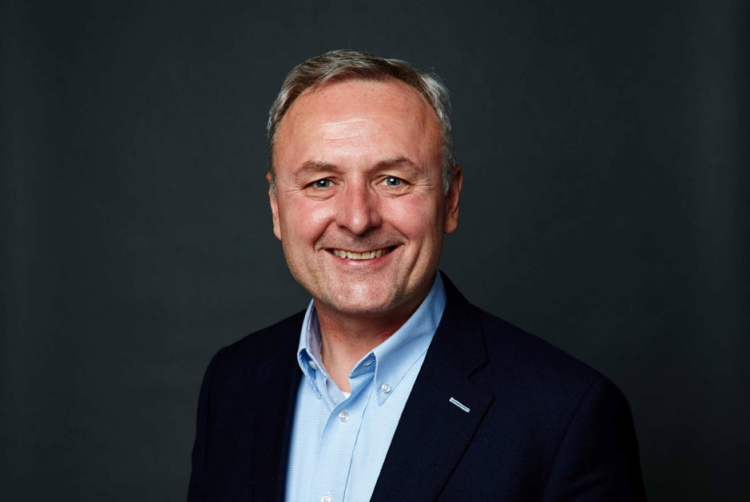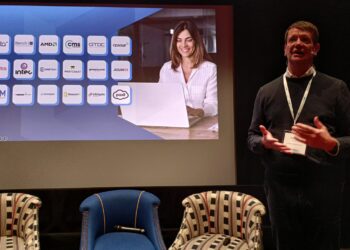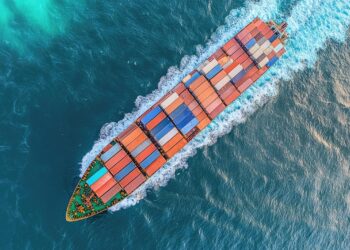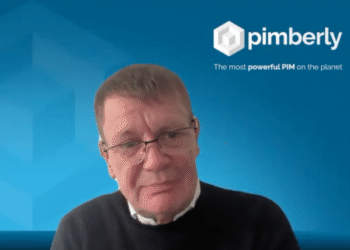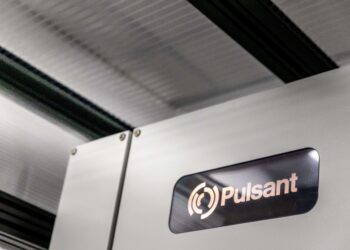Hitachi Vantara is pushing forward with efforts to bring more sustainable storage technology to UK end users and the channel.
Its EMEA Pre-Sales Leader, Jason Beckett, sat down with IT Channel Oxygen to discuss its sustainability and reuse strategy.
How important are the concepts of reuse and circularity at Hitachi Vantara?
They’re critical.
Sustainability is not a buzzword to us. It’s something we live and breathe every day in terms of how we work and operate. Hitachi is 110 years old, and will be around in another 110 years. But we need a planet that’s breathing, and that’s working and functioning right. That’s part of why the organisation is so passionate about sustainability and protecting our planet.
We’ve just been awarded a Gold Medal by Ecovadis, which means we’re in the top 1% of companies in our category.
We have an amazing Central Distribution Centre in the Netherlands, which is neutral in terms of energy consumption and water usage. It is very focused on the recycling of compute and networking – 0.02% goes to landfill, and the lorries that move the technology from the Netherlands to the UK and other locations are all solar powered and electrified.
I’m very proud of what we do but it’s not a tickbox exercise – we’re actually walking the walk.
What has Hitachi Vantara got coming up when it comes to your sustainability strategy?
We just announced Virtual Storage Platform One (VSP One). That’s a technology platform which will bring together different data sources: block, file, object and mainframe. And it will all be used and managed from the same management control plane.
When you look at customer RFPs, there’s a big push with regards to sustainability.
Every time there’s a new generation of our storage arrays, the CO2 emission is reduced by 30-60%.
And with VSP One, we’re super proud we’re now at a stage where if there are parts of the array that are not needed, it will start to shut it down. That’s a key factor in terms of being able to drive down those CO2 emissions for our customers.
Hitachi is a huge organisation with an eco system of businesses that complement each other, for instance you’ve got Hitachi Energy, which focuses just on energy. We’re working with them to look at clean sources of energy. VSP One, working with Hitachi Energy, will in the future be able to source clean energy.
Is there anything else you’re doing to assist partners in their efforts to help end customers decarbonise?
We also offer customers what we call the Modern Storage Assurance.
It means that when you install an array or a frame for future technology upgrades, you just need to upgrade the controllers. You don’t need to replace the frame, the metal and, to a large degree, the discs. What you’re replacing is just component parts, as opposed to the whole array.
That helps customers in terms of migration. Also, you don’t need to bring in other arrays – there’s no need for transportation. So instead of you shipping arrays, all you’re shipping are controller boards. That also helps from the carbon side of it.
Those parts are then taken back, and we will look at them from a component level to see what can be done in terms of upgrade, refurbish, or, alternatively, being stripped down and reused.
When does a storage array consume the most power? It’s when you start to load data for the first time. But once the data is in there you’ll be surprised that, no matter how hard you use the technology, the need for power stays the same. With the Modern Storage Assurance, because the data is already there, even though you’re replacing the controllers you’re not reloading the data. Therefore, the thirst for the data and power is not as critical.
Is the move to software-defined storage good or bad for sustainability?
We actually see software defined as an area that can help support some of the decarbonisation that needs to happen.
When customers want to do testing, they can use the software defined that’s already in the cloud. They then don’t need to bring in other platforms into their datacentre to spin up and run. Consequently, you’re saving on the Co2 emissions because it’s already there in the cloud and you can then just switch it on and off like a tap and do your relevant testing.
The rise of AI will create the need for more hardware and more power. How can the industry guard against this fueling e-waste and carbon emissions to even higher levels?
AI is only as good as the people and the data itself. So, if we can work with customers to skill their people to make them more data centric, that will be the optimum way to support the AI needs and the environmental issues as well.
We work with some customers today who have up to six copies of the same data.
The conversation with customers all the time is in and around how they’re managing their environment from a data point of view. Do they need as much coding? Or can AI help them in terms of automation?
So that’s the way we will tackle the conversations and how we will go about supporting our customers through this.
This article was produced in association with Hitachi Vantara and is classified as partner content. What is partner content? See more here.


